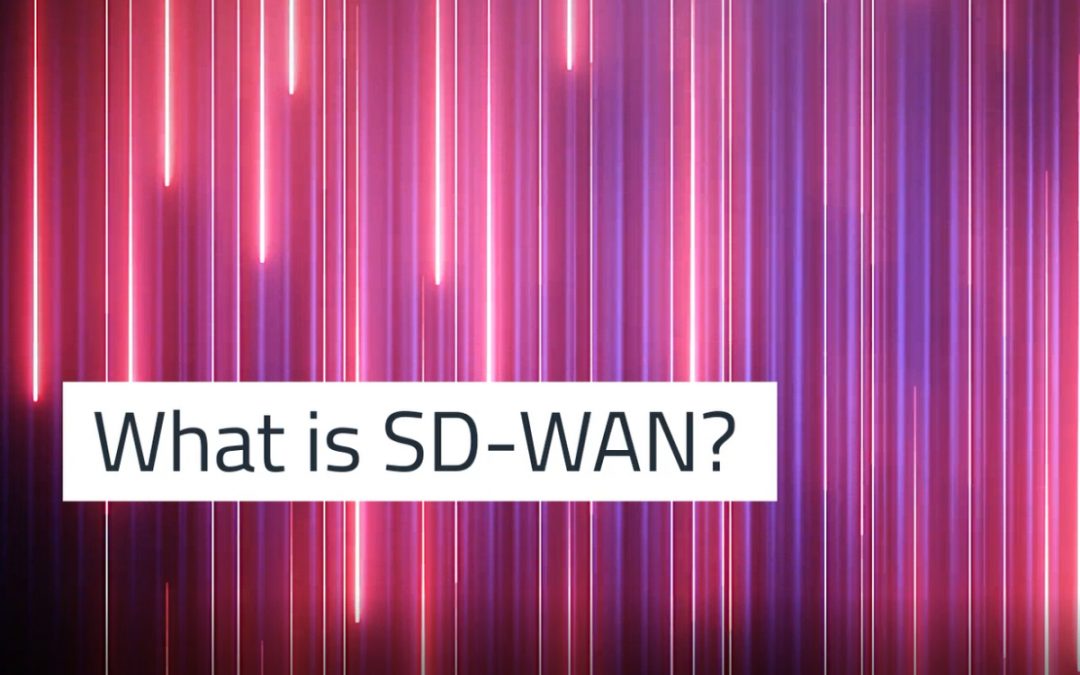Many aspects of business technology can be boiled down to a matter of science. However, most would agree procuring and negotiating contracts does not fall under the term “scientific”. It is often at this phase of the technology lifecycle, they feel they’re at the mercy of salespeople or a process that hinders optimal outcomes. We believe there is, in fact, a way to standardize your evaluation and contract procurement giving you control of your technology purchases. The following segments cover the 5 steps you need to know to negotiate the lowest possible price for the services you need.
Part 5 – Negotiating Contracts
As a result of following the first 4 steps of this process, you’ll have achieved the following outcomes:
A. Clearly tied your technology purchase to the KPIs you are trying to drive, and achieved stakeholder buy-in.
B. Gathered all of the technical data you need, both internally and externally, and defined the technology you want to shop for.
C. Created a clearly defined specification, pricing response format, and vendor evaluation scorecard.
D. Delivered your specification to a limited number of providers and received their responses in your defined format.
E. Graded each of the responses and determined 1-3 providers that have made it to your “finalists” list.
The next and final step is to negotiate with the provider. To be clear, while price may be a topic of negotiations, we are not talking just about haggling the price. We’ll get into specifics on what this means in a moment, but first let’s cover two key principles to remember when it comes to service provider contract negotiations. First: get everything in writing. Lots of salespeople promise lots of things. Sometimes those salespeople aren’t being honest with what they can actually do; sometimes those salespeople move on to another position or company, no longer able to actually fulfill their promise. Having a commitment in writing, especially if it’s an addendum to your actual contract, makes it an enforceable expectation. Second: As you develop your list of negotiation points, make sure you are clear on which points are essential and which are simply preferential. Don’t tell the bidding providers which points are not essential (that’s basically highlighting for them that they can ignore those points), but make sure that you know. At certain points in the negotiations, you are likely to find it advantageous to “give up” some of your preferences to help leverage the provider to commit to delivering on your essentials. After those key principles, there are five areas of the contract you should be paying particular attention to.
1. Licensing rights. As more technologies move to Cloud and “As A Service” models, licensing rights will continue to grow in importance. Make sure your contract clearly spells out what you can and cannot do with your licensing. Most providers have a Fair Use doctrine or End User Licensing Agreement that you can reference, but more than just understanding what you can do on a daily basis, make sure that you have clarity on your flexibility to change licensing between users, add or remove licensing throughout the life of the contract, and, most importantly, what your rights and responsibilities are for any licensing once your contract completes. Many providers retract licensing rights once you end your service, but the expiration of your contract and the conclusion of your service are not always going to be the same thing.
2. Speaking of adding or removing throughout the life of your contract, make sure your contract includes language that gives you room to change. For starters, always contract for only the absolute essential quantities of products. If you have a variable requirement throughout the year, or if you expect to be streamlining any workflows, then take that into account now, and make sure you’re only on the hook for what you absolutely require. Also make sure you have a technology refresh clause, which allows you to restructure and modernize the products you are consuming, typically halfway through your contract. Consider whether a Business Downturn clause would be beneficial to you, and, of course, we always recommend ensuring that you have a statement of Non-Automatic Renewal. If you know that one or more of your branches will be relocating within the timeframe of the contract, then negotiate in free relocation services to be used when the time is right.
3. The third area of the contract you’ll want to pay special attention to is the Service Level Guarantee or Agreement. In most cases, a provider’s SLA response will seem impressive, but the consequence of failing turns out to be a pittance compared to what might have been lost as a result of a failure. For example, many ISPs have contract language that reimburses you 1/30th of what you pay for your internet each month. Clearly nothing like what would be lost if you didn’t have internet for an entire day. While it’s not realistic to expect a provider to change their SLA commitments, it is worth asking them to change their responses to incidents and especially SLA failures. For example, you should ask for the contract to reflect a compensation amount more commensurate with your expectation of lost monies due to that service’s failure. Ask to have your trouble tickets automatically escalate to Tier 2 support. Ask to be automatically released from contract under repeated carrier failure, such as downtime in excess of 24hrs (perhaps all at once, perhaps over a 30 day period, as is appropriate for your needs).
4. The fourth area of focus is about resource commitment. As mentioned before, salespeople promise a lot of things. Regardless of their intentions, you want to get it all in writing. This includes discussions about what resources will be committed to your transition project and account management. This also includes discussions about how the commission payment from your account will be allocated to your benefit.
5. Lastly, you’ll want to make sure that you have language that protects your price. Many providers have default language that allows them to increase your price over time under a handful of claims. Make sure you have language that requires the provider to confirm all price changes with you in writing, either e-mail or certified postage, but NOT as a one-page blurb inside your monthly bill. You might also attempt to negotiate language that dissolves your contract if you do not agree to the price change. Make sure you ask to have the provider remove any of the “bloated” fees, such as administrative fees, late fees, or any other number of surcharges.
It’s up to you to decide what points you want to ask for, and which items you’re willing to give up and which are absolutely necessary. Whatever you decide to ask for, you should make sure you ask for something in exchange for your commitment to sign. Provider contracts are designed to protect the provider, so you shouldn’t accept their terms at face value.
You will not always get a favorable outcome when negotiating with a provider. Remember that your most powerful negotiating tool is your ability to walk away and go talk to another provider. If you aren’t finding the provider is willing to work with you to craft the terms you need, don’t be afraid to pick the next best option on your list and discuss with them. You may find that your second choice gives you a first-rate contract.
When you have squared away all the terms and conditions, and you believe you are ready to select a vendor, it is time to make one last play for your price. Thanks to our scorecards, we already know we’re dealing with the provider who has the best cost-benefit, but that doesn’t mean we can’t get an even better price. Here, you’ll tell the provider something to the effect of “everything is lining up real well, there’s just one detail left to work out: the price. In order to be able to sign off on this, I need this package to be priced at $XXXX. If you can do that, I can commit to signing.”
This statement is a commitment that you will sign their contract if they meet your specific price point. There are a few considerations to the delivery of this message. First, you MUST stipulate a specific dollar amount. Asking how far they can come down all but guarantees you’re leaving points on the table, and asking for a percentage will convey that you’re just fishing for a discount. By expressing the specific dollar amount you want to see, you convey a matter of operational burden, not a question of “how much can we get off the list price?” Second, you should only make this play when you’re otherwise ready to sign with a provider. This is because it isn’t a bluff. If the provider delivers the contract with the stated pricing, you must follow through and sign. If you break your commitment (such as asking for “one more thing” after this), that will immediately and dramatically reduce your chances of concluding your negotiation successfully.
If the provider can’t meet your requirement, then you thank them for their time and move to the next name on the list. If they can, then you submit your order, conclude the evaluation process and begin preparations for the implementation of whatever new services you have chosen.
Mini-Series Epilogue:
Understanding that the description of all of 5 steps of “Controlling Technology Procurement Outcomes” is a bit of a long read, it is worth noting that many organizations walk through the actual process in many ways. Some do not require formal pricing comparisons, while others do not care about contract terms and conditions, and others still will not want to take the time to run both an RFI and an RFP. No matter which steps you add to your current process, you will see an improvement in the way you consume technology services.
If you’d like to add all of these steps, but you lack the time or resources, then it’s even more important that you make sure the providers you are talking with are able to apply the commission dollars from your order to the resources that you will need to properly consume their services. With commissions for some technologies as high as 15% of your monthly invoice, there is a lot of potential funding for the expertise you might need. And if you don’t need that level of support, then you should be recapturing those commission dollars so you can put them back into your IT budget. Good Luck!







